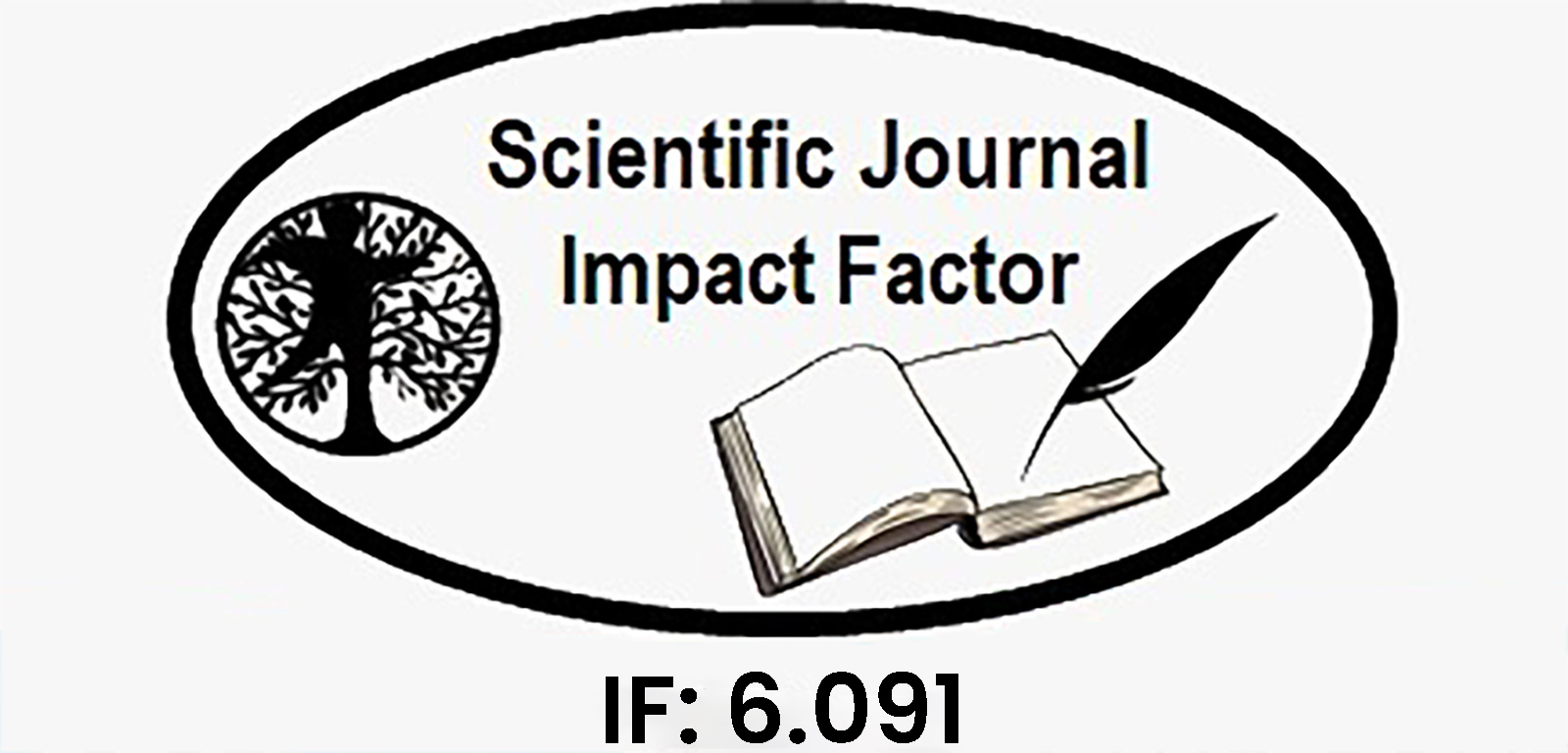Manage the Stator Winding Load in Self-Excited Induction Generators by Changing Their Elevation
Keywords:
Insulated-Gate Bipolar Transistors (IGBTs), choppers, exit capacitors, part of microhydroAbstract
An Electronic Demand Controller (EDC) can keep the electrical demand constant, which allows a fixed-speed low-head hydroturbine to power a Self-Excited Induction Generator (SEIG), which in turn can provide steady voltage and frequency. It is common practice to use a chopper with a dump load in conjunction with consumer loads in the Conventional-ELC (C- ELC) to control voltage and manage frequency. Due to the short connection and subsequent disconnection of the dump load from the winding during each chopping cycle, the stator windings and excitation capacitors in a C-ELC system are subject to significant strain during chopper activity. A new ELC structure could alleviate this strain. Unlike the C-ELC, which only had one component, the primary dump load now contains two. Reducing the strain on the stator windings and excitation capacitors and making the SEIG more resistant to overall load fluctuations is possible by connecting a portion of the dump load in parallel with the consumer loads. Applying the design per phase with bidirectional power switches might make it function with imbalanced consumer loads. The suggested design can control voltage from no-load to full-load, according to simulations conducted with imbalanced three-phase loads (using bidirectional switches per phase). The Total Harmonic Distortion (THD) study of the output current (stator current) also reveals an improvement of 9% over the most recent findings in the literature.
Downloads
Downloads
Published
Issue
Section
License

This work is licensed under a Creative Commons Attribution-NonCommercial-NoDerivatives 4.0 International License.















